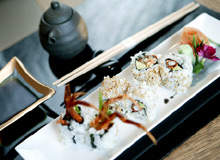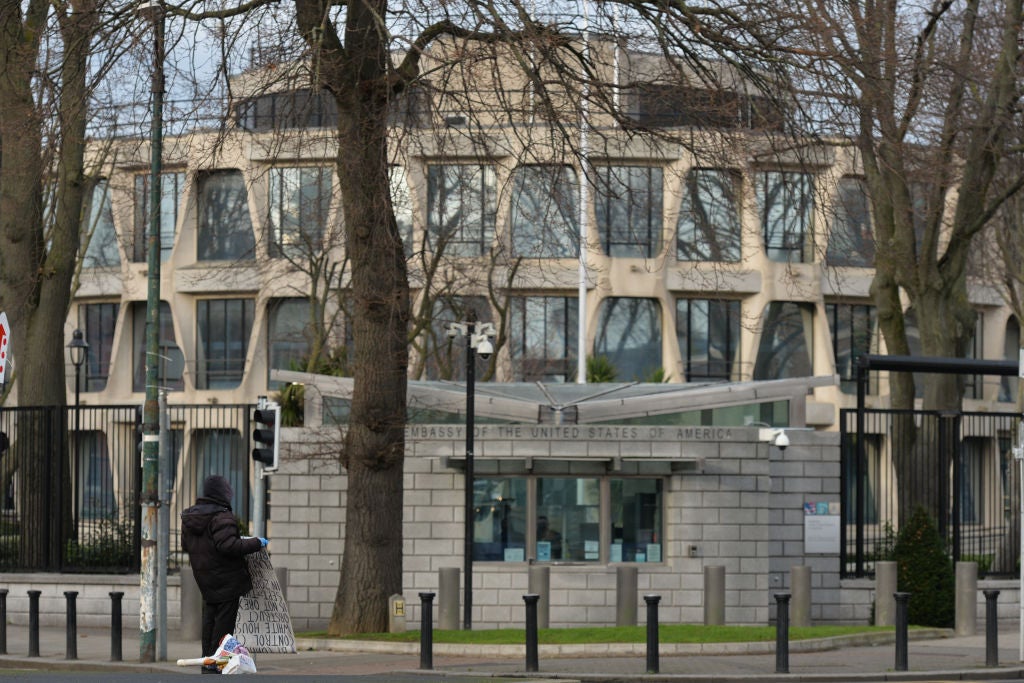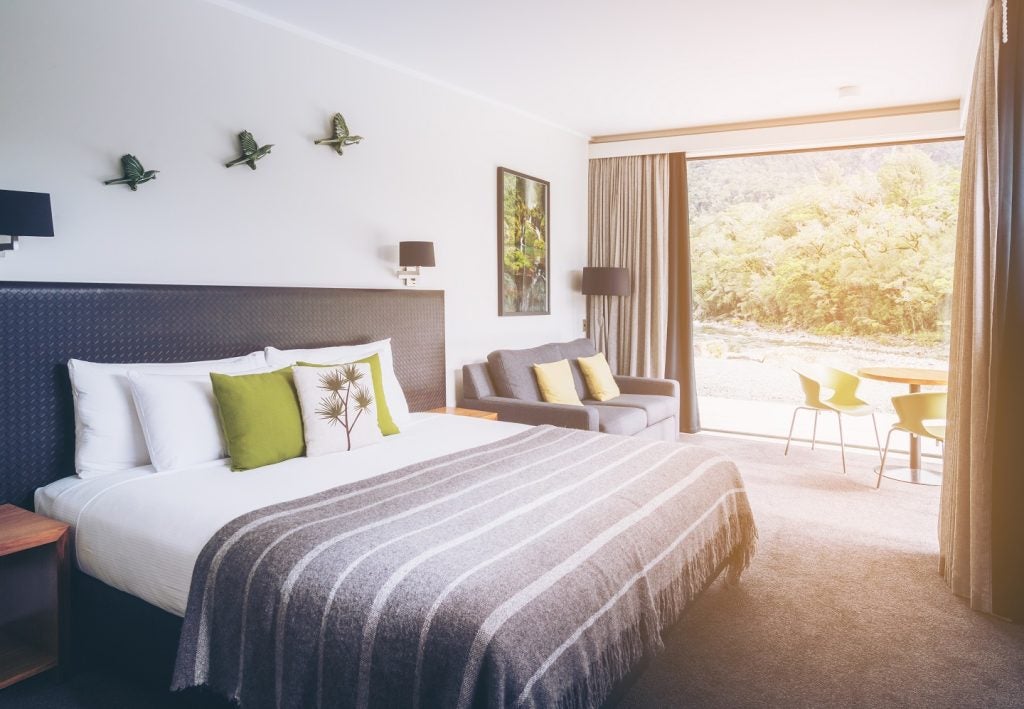
At the end of 2008 Joël Robuchon launched YOSHI, a few yards across the hallway from his already much-loved destination dining room at the Metropole Hotel in Monaco. YOSHI seats 40, looks like a ryokan revised for the canteen deck of an intergalactic space cruiser, and opens on to a Japanese-style garden.
If Robuchon gets it right – and he hasn't got it wrong to date – YOSHI will do more to reinvent high-end Japanese dining than Nobu did, and could inspire multiple spin-offs.
As always, Robuchon has been involved in each element of the concept. "In all my restaurants I pay as much attention to the design of the tables and chairs, the choice of cutlery and the colour of the flowers as I do the menu," he says.
"I want YOSHI to be contemporary, elegant, feminine, glamorous and poetic; the modern vision I have of Japan, like a gem. YOSHI isn't just a place where you eat. You enter a different world."
Such is the holistic approach of the man who was hailed as "chef of the century" by Gault Millau in 1989, and who looks set to be considered a legend for many years to come.
See Also:
While other chefs who are deemed masters of the culinary universe have critics sharpening knives at each franchised opening – think of every new Ducasse or Ramsay – Robuchon is the chef who everyone loves unreservedly. His 25 Michelin stars and the never-ending plaudits haven't inspired tall poppy syndrome.
How well do you really know your competitors?
Access the most comprehensive Company Profiles on the market, powered by GlobalData. Save hours of research. Gain competitive edge.

Thank you!
Your download email will arrive shortly
Not ready to buy yet? Download a free sample
We are confident about the unique quality of our Company Profiles. However, we want you to make the most beneficial decision for your business, so we offer a free sample that you can download by submitting the below form
By GlobalDataWhen he opened a branch of L'Atelier de Joël Robuchon in London in 2006 with eyebrow-raising prices at a time when everyone was tiring of expense-account excess, critics gave little but standing ovations at the sheer genius of his cuisine. As anyone who's eaten a foie gras mini burger at L'Atelier will tell you, Robuchon knows how to work a taste bud.
So what put him in such a different league from his peers?
Simplicity may not be the first thing that comes to mind with French post-nouvelle haute cuisine, but it's fundamental to Robuchon's philosophy. "People often try to make things too complicated," he says.
"When going to a restaurant, customers want the message to be straightforward, and it should be obvious from the moment they walk into the room."
Robuchon's tastes echo his belief that a back-to-basics approach to ingredients is crucial. "One of my favourite restaurants is Paco Gandia in Pinoso, Spain, near Alicante. It's a tiny place, very down to earth. It's run by a group of women who cook paella on vine shoots, which gives it an incredible flavour."
Another favourite place for dinner is Sukiyabashi Jiro, which, like Robuchon's eponymous Joël Robuchon in Tokyo, has three Michelin stars. Unlike the gold and champagne tonal palate of Joël Robuchon, with its Baccarat crystal chandeliers, Jiro's restaurant is a hole in the wall in a subway.
But Robuchon believes that Jiro does what he does better than anyone else in the city. "I am absolutely fascinated by his perfectionism," he says.
"I also love the contrast of the place – the best sushi in the world in a location in which you least expect it."
Robuchon steers the style of his restaurants by their geography and context, though the concept of the L'Atelier offshoots is constant: small, tapas-style portions that can be mixed and matched. "I always take into account the local culture," he says.
"In Las Vegas the Restaurant Joël Robuchon is designed by Pierre-Yves Rochon to look like a mansion with a feel of Tuscany. Its oversized sofas and art deco chandeliers make a great contrast with the modern design of the neighbouring casinos. The cuisine is classical but with a modern twist, using ingredients never used in French cuisine: velouté of oat with grilled almonds and chorizo; soya beans cooked like a risotto with mushroom and chives."
With YOSHI Robuchon wants to produce something authentically Japanese – he shudders at the term "fusion" – but geared to European and American tastes. "Some jelly-like textures and fermented sauces that feature in Japanese dishes won't be on the menu. Westerners do not like them, so it's respecting their palate."
The menu was developed talent-show style. New dishes created with head chef Takeo Yamazaki were given marks out of 20 at each tasting and any dish scoring an average of less than 18 – by the tasters from the kitchen and Metropole artistic director Maud Lesur's team – were shown the door.
Only dishes that achieved 20 out of 20 from each taster made it to the final menu.
Robuchon's love affair with Japan is as long as his career, beginning when he started visiting the country in the mid-1970s. He's fixated by the attention to detail of Japanese cuisine and he's as big a star in Tokyo as he is in Paris.
While he describes being awarded his first Michelin star in 1974 at the Concorde Lafayette in the French capital as a "defining moment" in the realisation that his food philosophy was being appreciated and celebrated, he credits Japan with shaping the style that led to the success. "In the early 1980s I remember serving al dente asparagus in my Parisian restaurant," he says.
"In Europe vegetables were being served well cooked, the opposite of in Japan. Customers sent back their dishes saying the asparagus was not cooked. Of course I changed the dish. I realised that it would take a while to convert the Europeans to a new way of cooking. Now I am consecrating my love for Japan and offering my own vision of it to the west."






